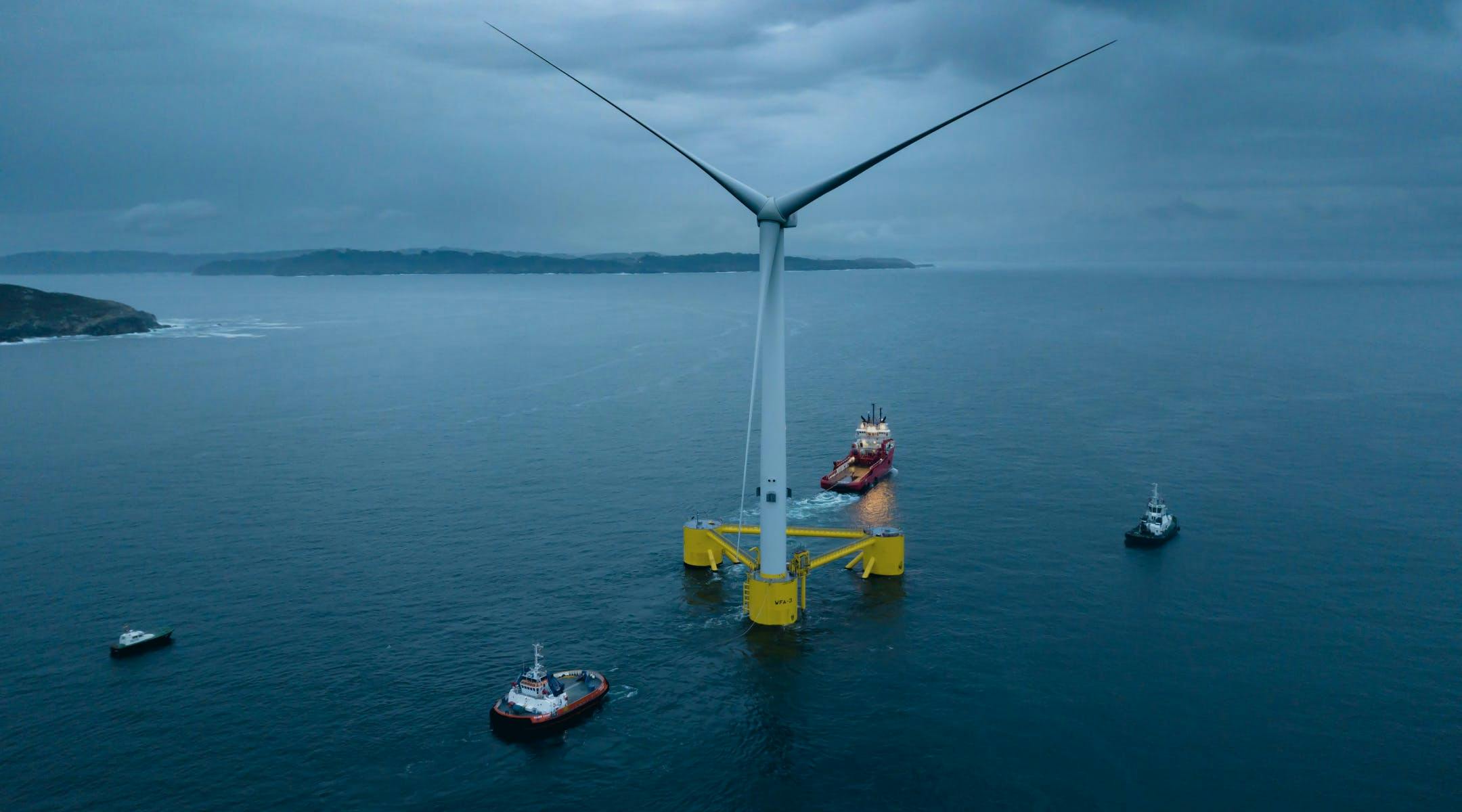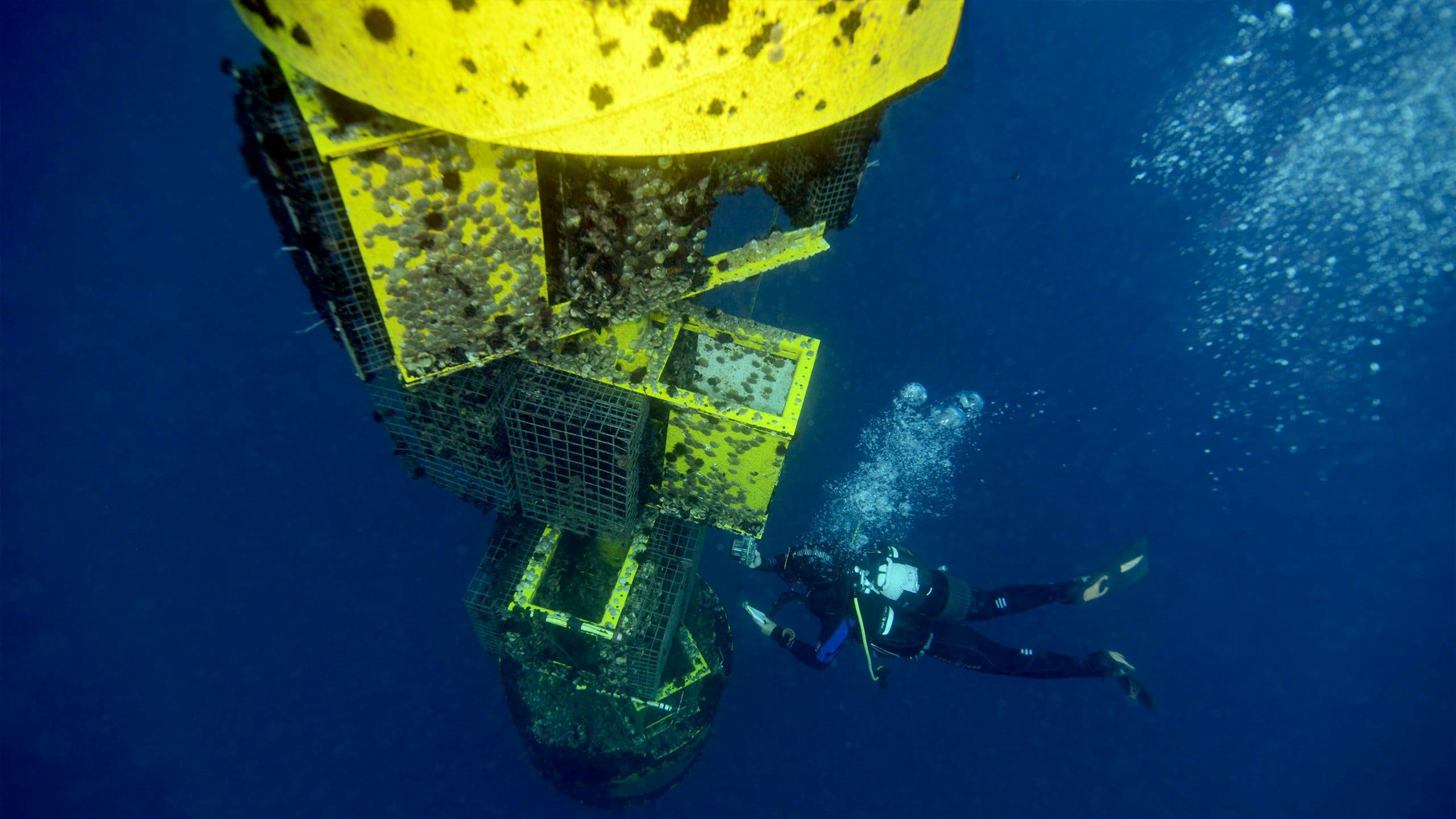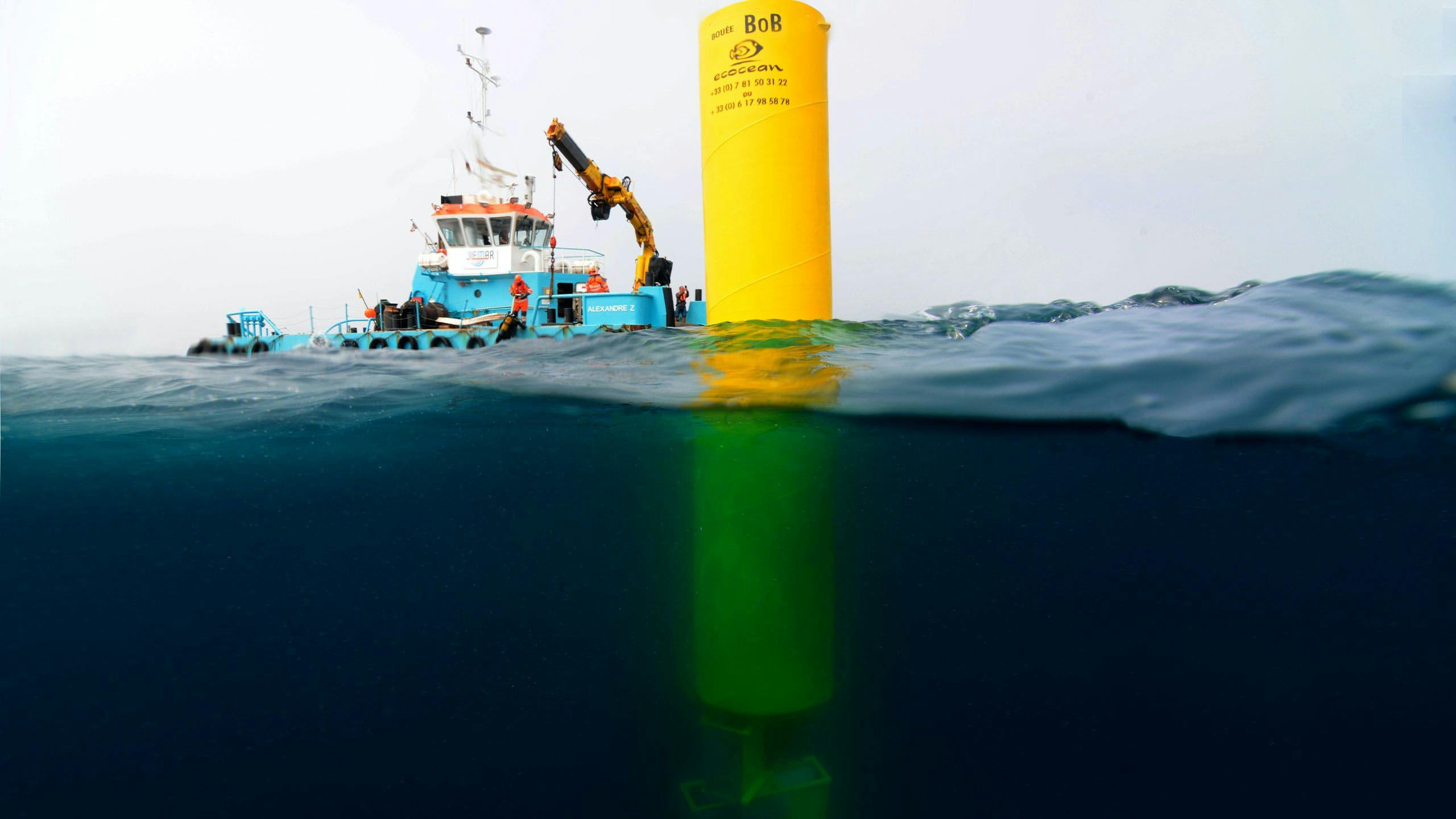Les Éoliennes Flottantes du Golfe du Lion
Fully modular design for industrialization
Les Éoliennes Flottantes du Golfe de Lion (EFGL) project features three 10 MW offshore wind turbines on three WindFloat® units, 16 kilometers from the coast of Leucate and Le Barcares in the French Mediterranean.
EFGL will see the deployment of the 3rd generation of WindFloat® technology, which builds on lessons learned from previous projects and includes important innovations in modularization and manufacturability to further increase deliverability and competitiveness.
The project will provide electricity for more than 50,000 homes annually from 2025.
First power
2025 (estimate)
Project capacity
30 MW
Wind turbine
Vestas V164
Wind turbine capacity
10 MW
Operational design life
20 years
Distance to shore
16 km
Water depth
70-100 m
Project sponsors
Ocean Winds, Banque des Territoires
Financing
ADEME, European Investment Bank
Certification
Bureau Veritas

Creating a new regional economic and technological hub
The EFGL project is enabling the development of an offshore wind industrial cluster with Port La Nouvelle, in southern France, as its focal point.
Port-La Nouvelle will become a logistical and industrial base for anchoring systems and cables, logistics concerning all the components of the turbines (nacelles, blades, mast sections), turbine installation on the WindFloat® units, and commissioning and testing of the complete units at quayside before tow-out and hook-up at the final site. Nearly 400 direct and indirect, high-paying and long-standing jobs will be created.
Additionally, EFGL is spearheading the energy transition and economic reconversion from oil & gas: Eiffage Metal, the company that will be building the WindFloat® units in Fos-sur-Mer, has converted a site previously intended for oil & gas infrastructure manufacturing for this purpose, adding up to 100 jobs in the process.

Responsible siting and environmental conservation
The project is installed in the Natural Park of the Gulf of Lion and is the first floating wind project to be located a marine reserve. As a result, the project has been developed in close coordination with national and local agencies as well as non-governmental stakeholders to ensure responsible siting, positive socio-economic impacts, and minimal environmental footprint.
Environmental conservation is at the heart of this project and has been a central consideration in in the design of the project.

Photo © Remy Dubas/Ecocean

Photo © Remy Dubas/Ecocean
Creating an artificial reef
Principle Power is collaborating with EFGL to install Ecocean's Biohut®, an artificial fish habitat, on one of the three WindFloat units to foster biodiversity of the species in and around the project.
In preparation for the installation of the WindFloat® units, a Biodiversity Observation Buoy (BOB), consisting of 16 Biohut® units, was deployed in June 2019 by Ecocean (Montpellier) and CREM (Center for Research on Marine Ecosystems - University of Perpignan). Researchers observed a real increase in the biodiversity of species in and around BOB and, importantly, no invasive species were observed on the structure.
The potential offered by such multi-use opportunities demonstrates the potential for floating wind farms using the WindFloat® technology to positively impact the environment by creating protected habitats that can help the ocean to recover its biodiversity.
The EFGL project will demonstrate the third generation WindFloat T technology, building on our extensive experience deploying and operating the 2 MW WindFloat 1, 25 MW WindFloat Atlantic, and 48 MW Kincardine projects. These small commercial projects allow us to test our products with different wind turbines, site conditions, supply chains, fabrications methods, contracting strategies, among others, and are stepping stones that enable us to move confidently to design commercial scale projects.
Eric Paya, Project Manager at Principle Power
Related news
The WindFloat® advantage
PerformanceFabricationInstallationInspection, Maintenance & RepairConnectionLocal CommunitiesEnvironmentServices
Project Development SupportConcept and Pre-FEED DesignFEED and Detailed DesignProject Execution SupportInspect, Maintain & RepairEnd of Life Services

